Reliable spectrum access is now a necessity in a wide variety of industries. Companies are implementing wireless devices and Internet of Things (IoT) sensors to increase efficiency and collect more data, while public safety and intelligence agencies are facing new threats due to the widespread prevalence of low-cost, sophisticated surveillance technologies.
These new trends mean that end-users, who are not necessarily familiar with signal analysis, need to isolate and measure RF signals, detect and mitigate RF interference, and ensure network coverage. To achieve this, they need software applications that are easy to use and capable of showing the data and measurements required for their application.
This has created an opportunity for system integrators (SIs) who understand these use cases and can deliver an RF solution that meets the end-user’s unique needs. The question then becomes – is it better for SIs to integrate equipment with existing, commercial-off-the-shelf (COTS) software or develop purpose-built, turnkey RF applications designed around the specific customer?
Integrating with a COTS Software Solution
When it comes to RF software there are many COTS solutions available, and these may be suitable for your end-users depending on the application. One of the main advantages of these standard software solutions is that they have already been developed and proven in the field. This saves a significant amount of time and development resources over building a new application from scratch while also reducing the chance of unforeseen issues or bugs in the software. The result is that end-users can implement the software faster and with minimal integration effort, reducing time to market and, depending on the cost of the licenses, potentially the total cost of ownership.
For example, common applications, such as technical surveillance countermeasures (TSCM), vector signal analysis (VSA), or mobile drive testing have large enough markets that existing software with support for the required capabilities, functions, and measurement sets is available. In these cases, an existing COTS solution may be appropriate.
Developing a Purpose-Built RF Application
While a COTS approach offers some advantages, it is often limited to these common use cases. For unique and niche applications with specific user requirements it’s unlikely standard software will align with all of a customer’s needs. In these cases, developing a purpose-built RF application designed specifically for the user may be the best approach.
A purpose-built solution allows SIs to meet end-user requirements and provide them with the capabilities, measurements, and outputs they need for their business. By accessing the raw IQ data, SIs gain more flexibility and can give users additional functions, such as custom measurement sets, the ability to decode or demodulate signal standards that are not included in COTS software, or the ability to fuse data from multiple sources, such as GPS and signal data, for deeper analysis.
Additionally, as end-users increasingly demand that the software they use is designed around their needs, the way the data is presented and displayed can be customized around what is most relevant to their application.
Finally, many existing COTS solutions are closed, proprietary, and vertically integrated, or they only integrate with a limited number of hardware vendors. A purpose-built application drastically increases the flexibility for end-users who may not want to use a specific vendor’s hardware for a variety of reasons, including cost, performance, or size, weight, and power (SWaP) requirements.
Giving End-Users the Solution They Need
In the end, whether it is better to build or buy depends on your customer and their specific requirements. With a deep understanding of the way the customer will use the solution and the types of analysis they will be doing, system integrators are well positioned to identify which approach is most appropriate on a project by project basis. This represents a significant opportunity for SIs who can work closely with customers to deliver the RF application they need.
As the spectrum environment becomes more complex, and more companies depend on reliable spectrum access for their business, the need for purpose-built RF applications will continue to grow. To learn more about how you can develop stronger RF solutions for end-users, download our latest whitepaper – Developing Purpose-Built & Turnkey RF Applications.







